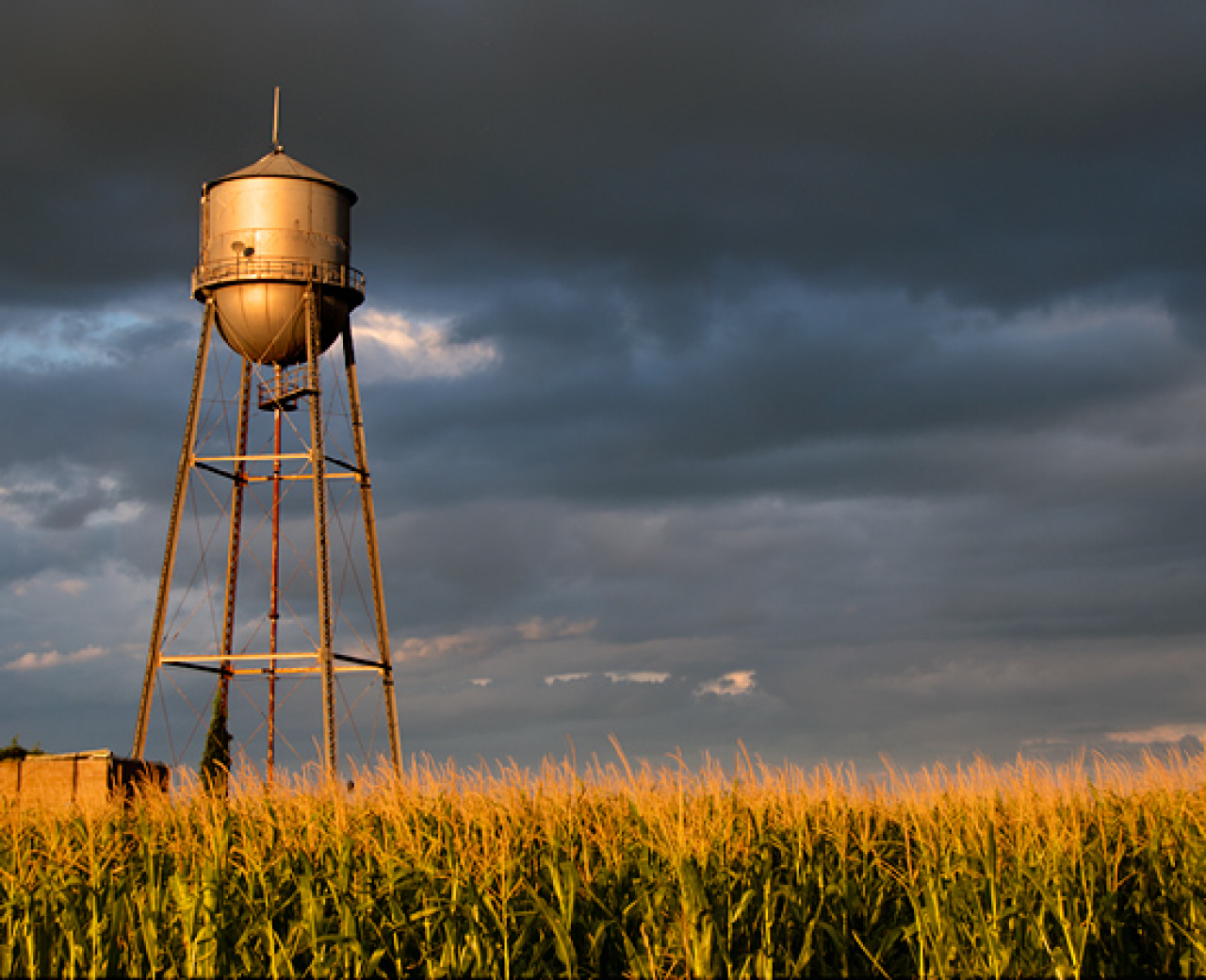MN's groundbreaking Groundwater Protection Rule goes into effect
After decades of delay, Minnesota’s Groundwater Protection Rule is officially in effect! This is the first time our state has exercised its regulatory authority over cropland agriculture to protect water quality.
The two-part rule aims to protect public health and drinking water supplies by addressing nitrate fertilizer contamination in Minnesota’s groundwater.
While imperfect, the rule is a big improvement over initial proposals. Like we said in a recent Star Tribune article, the long-awaited rule is a timid step for water quality, but a giant step for the Minnesota Department of Agriculture.
Why it’s important
About 75% of Minnesotans get their drinking water from public and private wells. Many of these wells are susceptible to nitrate contamination from cropland fertilizers, which can make the water unsafe to drink.
Today, at least 537 public water supply wells across the state have elevated nitrate levels. About 10% of private wells in vulnerable areas exceed the Health Risk Limit (HRL), including some townships where preliminary data shows that 30% to 40% (or more) of private wells are unsafe to drink.
Minnesota's 1989 Groundwater Protection Act directed the Minnesota Department of Agriculture to prevent groundwater pollution from cropland. The Groundwater Protection Rule, some 30 years in the making, represents the agency’s best effort to date to address nitrate contamination in public and private wells.
How it works
The first part of the rule, which takes effect in fall 2020, prohibits the application of commercial nitrogen in the fall or on frozen fields in areas with vulnerable soils (coarse-textured soils, karst geology or shallow bedrock — all of which make it easier for nitrogen to reach groundwater) and in community wellhead protection zones where drinking water is already contaminated.
The second, more complicated part of the rule establishes a phased regulatory strategy for addressing excess nitrate in at-risk community wells. While that portion of the rule is now in effect, it could take years of elevated nitrate levels in such wells before meaningful regulatory action is triggered.
Going further
FMR and a number of our partners are grateful that the Groundwater Protection Rule is now in effect. However, we also recognize that it isn't enough to protect our water.
For that, we need more than best or optimal management practices on corn and soybean croplands.
As we told the Star Tribune, there’s no model that shows we can get anywhere near our state’s water quality goals while growing primarily annual row crops like corn and soybeans that require extensive tillage, drainage and fertilization. Even the best-performing corn and soybean rotation will contribute nitrate to surface water and groundwater. Period.
We need economically viable “clean-water crops” on the landscape that protect our land and water while maintaining farm profits and reviving our rural economy.
That’s why FMR and our partners are working hard on initiatives like Forever Green and the Working Lands Drinking Water Protection Program.
Working with research institutions, conservation groups, agribusinesses, farm organizations and local economic development interests, we’re helping to champion an exciting paradigm shift in agriculture that works for people, profit and the planet.
Thank you, River Guardians!
Thank you to all the River Guardians who took action to support and strengthen our state's first rule to regulate water pollution from cropland fertilizers! Whether you took action online, advocated at the Capitol on Water Action Day (or both!), we greatly appreciate your time and contributions. (All 2,000+ of you.)
If you're interested in supporting solutions to river pollution like this, sign up to be a River Guardian and we'll be in touch when we need your help the most.
Additional information
To learn more about innovative solutions to river and water pollution that support our rural economies, join us on August 16 or 17 for the AgroEcology Summit in Windom.
The Groundwater Protection Rule has been the subject of multiple Water Blog and Legislative Blog posts in recent years. Click here for highlights.
Join us!
Sign up as a River Guardian and we'll email you when there's a chance to act quickly online for the river. Plus you'll be invited to special events like educational happy hours.
